Leggy plants
RetiredFlorida
11 years ago
Related Stories

GARDENING GUIDESGreat Design Plant: Try Blue Bells for Blooms in Dry Soil
This shrub’s violet-blue flowers and silvery foliage brighten low-water gardens all year long
Full Story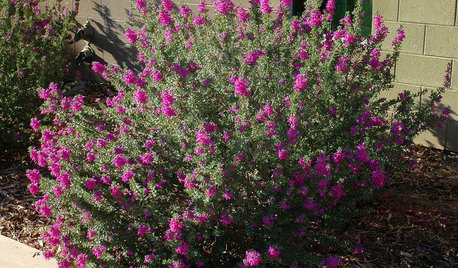
GARDENING GUIDESGreat Design Plant: Texas Ranger Explodes With Color
If purple is your passion, embrace Leucophyllum frutescens for its profusion of blooms and consider the unfussiness a bonus
Full Story
GARDENING GUIDESGreat Design Plant: Knock Out Roses
As glorious as their high-maintenance kin for a fraction of the work, Knock Out roses make even beginners look like garden stars
Full Story
GARDENING GUIDES8 Plants for a Deliciously Fragrant Fall Garden
Scent the autumn air with the perfume of caramel corn, honey and spices by adding these intoxicating plants to your landscape
Full Story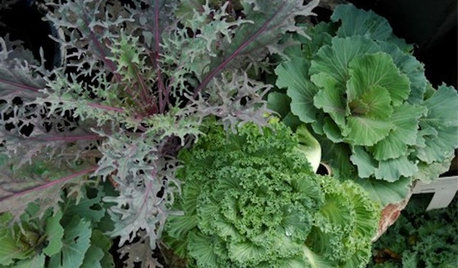
WINTER GARDENINGGreat Design Plant: Ornamental Cabbage and Kale
Yes, you can actually eat them. Or you can just marvel at their striking, unusual foliage during all four seasons in the garden
Full Story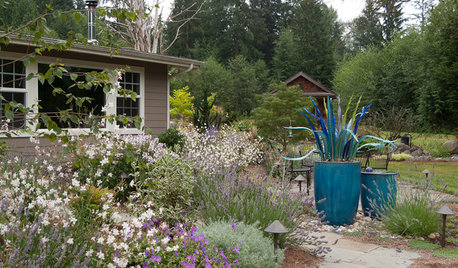
GARDENING GUIDES5 Easy Plants for a Romantic Entry Garden
Abundant flowers, a heady fragrance and striking foliage combine for a romantic front-yard garden that's deceptively low maintenance
Full Story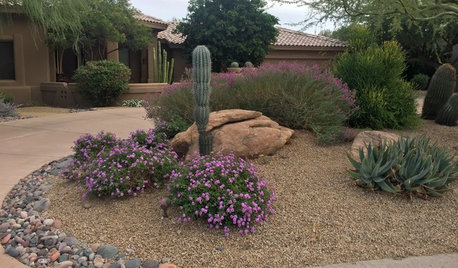
GARDENING GUIDESGreat Design Plant: Dalea Frutescens
Black dalea’s violet flowers and finely textured foliage add beauty to the Southwestern fall landscape
Full Story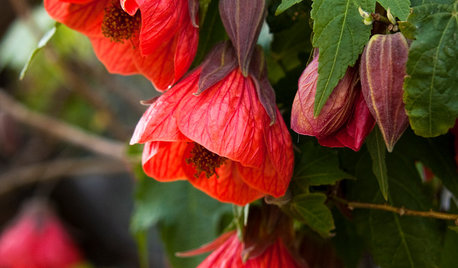
GARDENING GUIDESGreat Design Plant: Chinese Lantern
Light the way to visual delight in the garden with Chinese lantern's papery blooms and pretty colors
Full Story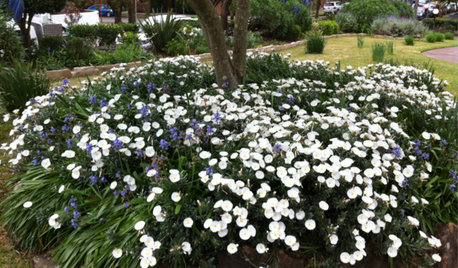
GARDENING GUIDESGreat Design Plant: Convolvulus Cneorum
Bush morning glory’s silvery foliage is transformed every day as pinkish buds open to reveal white flowers
Full Story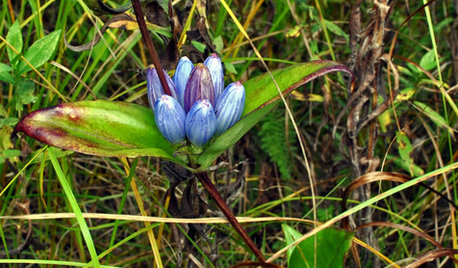
GARDENING GUIDESGreat Design Plant: Gentiana Andrewsii
If you’re a fan of closed flowers every autumn, then today is your lucky day!
Full Story





Gutzmek
RetiredFloridaOriginal Author
Karen816
Gutzmek
flowerpower11
Gutzmek
flowerpower11
Gutzmek